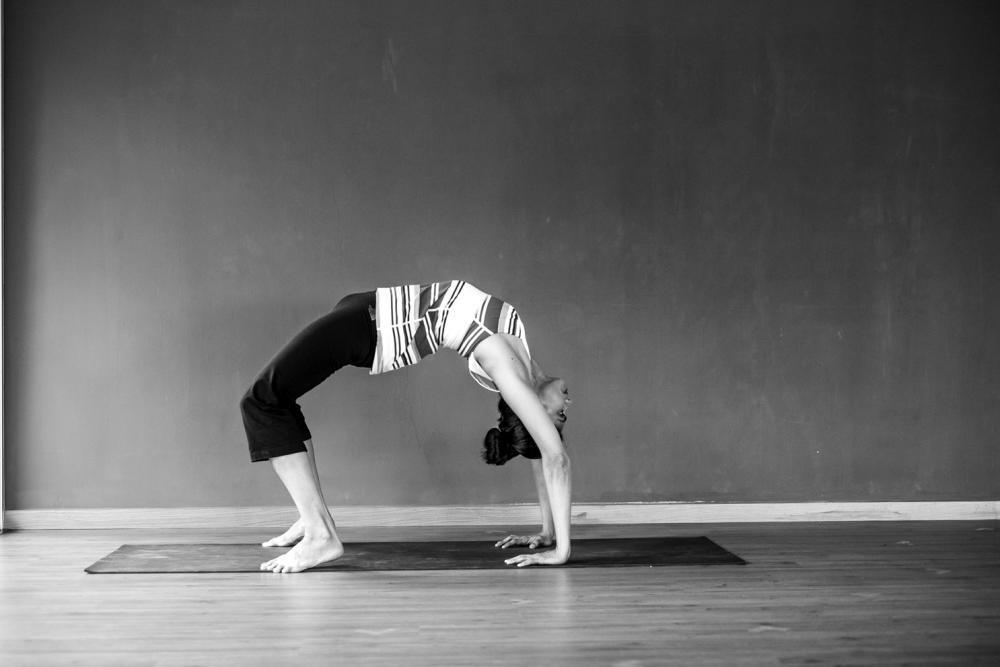YOGA essentially began as a spiritual practise thousands of years ago in India but today, it’s taught all around the world.
Yoga is a physical movement that transforms our physical body, mind, emotions, and overall energy. Yoga postures help build muscle strength, improves breathing, encourages flexibility, and improves mental health.
Kuala Lumpur-based yoga teacher and founder of Yogshakti, Shilpa Ghatalia, has more than 30 years of experience teaching yoga.
She has been teaching yoga and breathing courses at Yogshakti studio at No: 14, Lorong Keruing, Bangsar; a landed property turned into a contemporary yoga haven with a spacious, brightly lit green garden offering calm and serenity.
Recently, we approached Shilpa to find out about the connection between yoga and mental health.
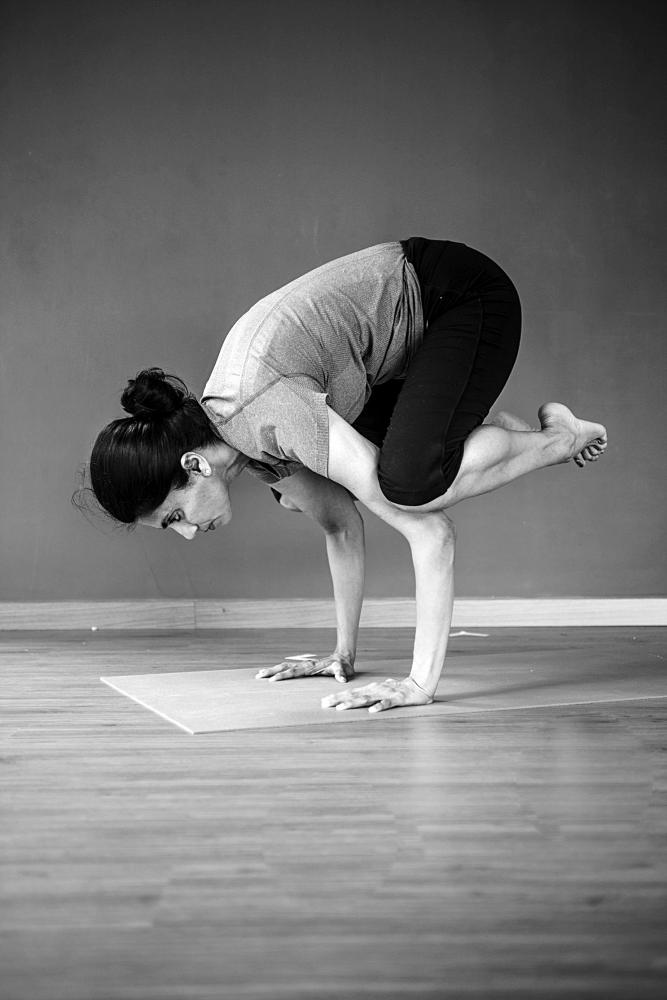
Q: How does yoga benefit mental health?
Yoga is a form of exercise that gives us a work ‘in’ rather than a work ‘out’. It teaches us how to be grounded, conscious, and present. Physical postures, breathing practices, meditation, and relaxation techniques enable us to cultivate greater awareness and through that, we can gradually transform old, negative habits and develop positive, wholesome qualities.
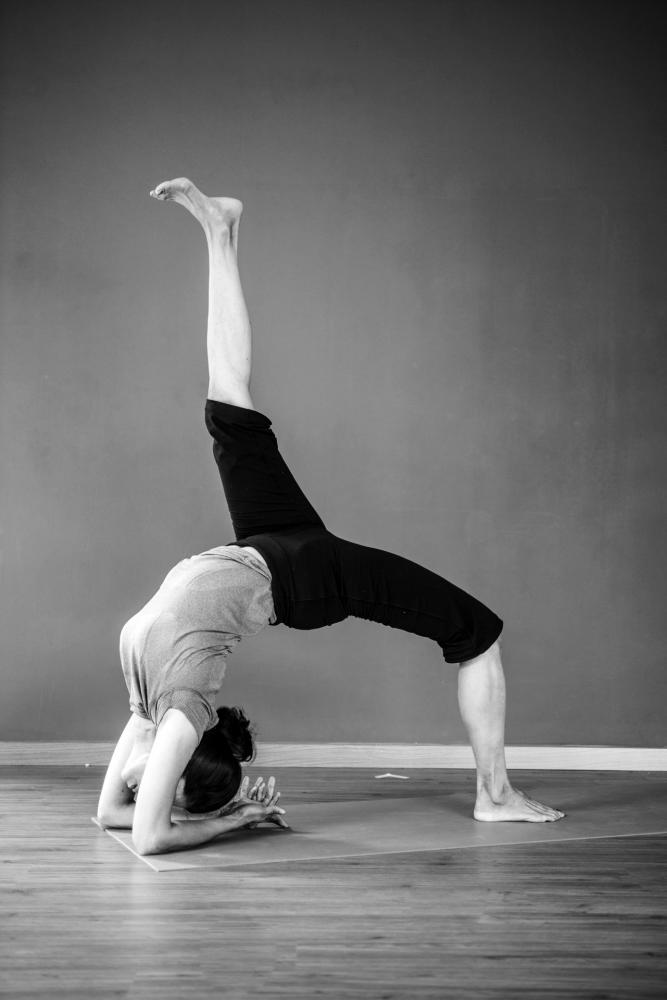
Q: How can yoga help with mental stress, specifically?
Whenever we are mentally stressed, our bodies contract and become knotted up with tension, and our breathing is affected. Yoga postures in which we stretch, squeeze, push, and pull helps to free up the blocked energy caused by tension. With a body free of tension, the breath regulated through breathing practices, the mind feels expansive and clear. We naturally develop a positive state of mind and are much more resilient to stress.
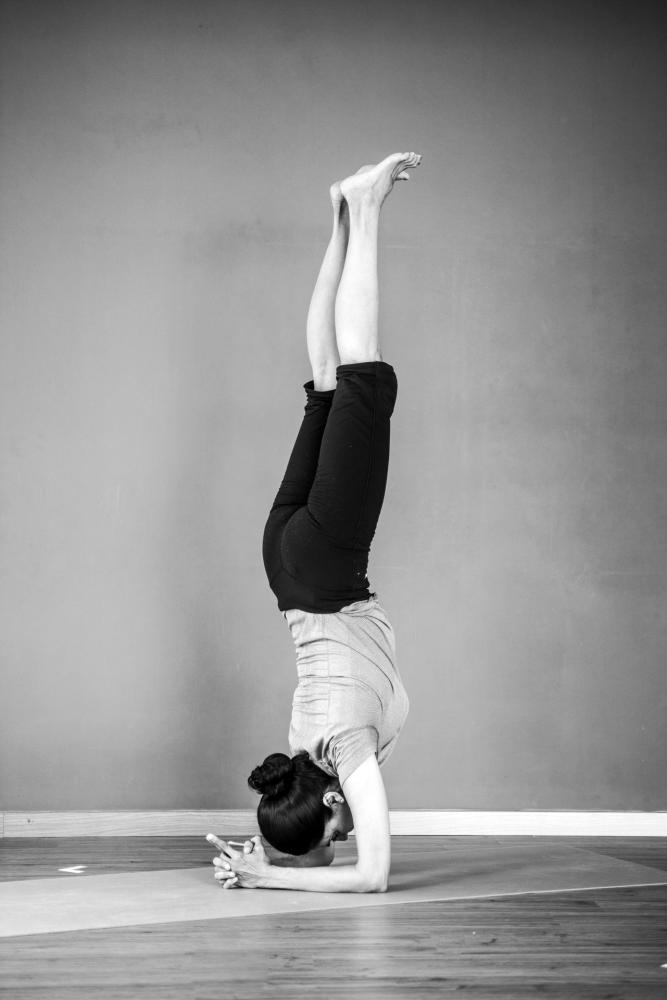
Q: How does it help with mental focus?
Yoga is a mind-body exercise that involves the mind. You have to be present when you practice yoga. For instance, while you can run on a treadmill and watch a TV show you cannot practice Yoga while watching TV. In yoga, we need to have our attention focused on the posture. Yoga postures are always accompanied with breath awareness. The breath being the bridge between the body and mind helps to bring about focused attention.
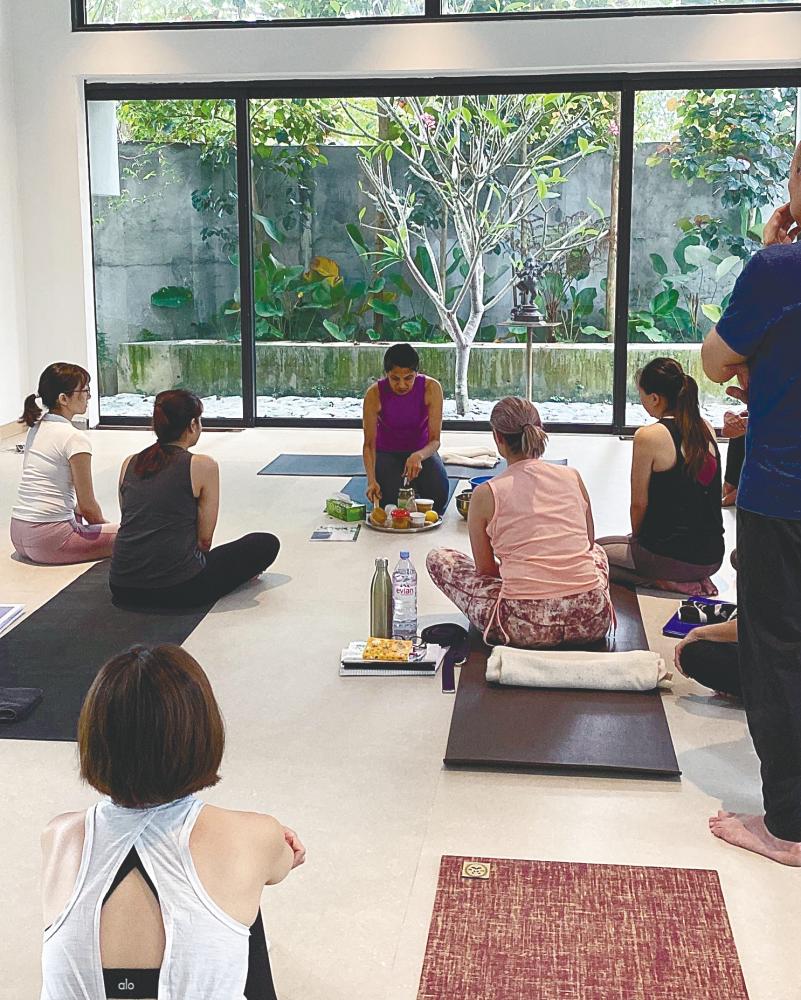
Q: Share with us which yoga practice can improve mental health?
The best practices to improve mental health are breathing practices known as ‘pranayama.’ Pranayama seeks to regulate our breathing as it is a well-known fact that as is our breath so is our mind and vice versa. Through breath regulation, one can positively change one’s mental state. One of the most powerful breathing practices recommended for bringing about a state of mental and emotional balance is the practice of alternate nostril breathing or ‘nadi shodhanam.’ This practice done 2-3 times a day for ten minutes can have a powerful impact on one’s mental health.
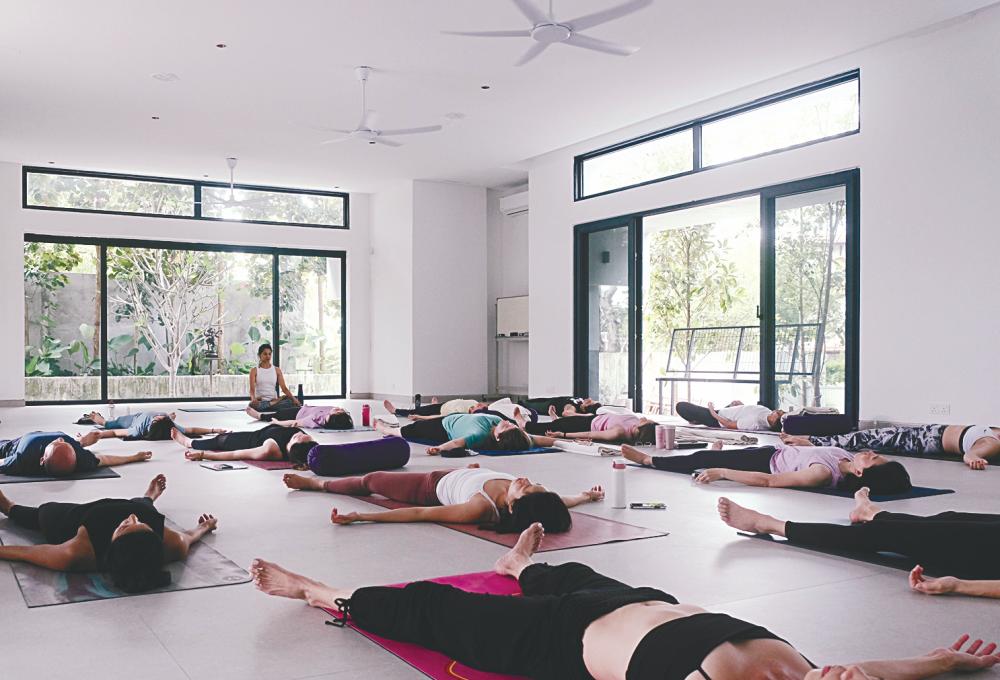
Q: What kind of yoga courses do you offer in Yogshakti to improve mental health?
At Yogashakti we offer a style of yoga called Integrative Yoga which is holistic and combines asana/postures with breathing practices such as Yin Yoga, Qi Gong, Pranayama, Meditation and Yoga Nidra. In May and June, we are offering a course called ‘The Art of Attention and Cultivating Presence’ and a 2-day Yoga & Ayurveda Retreat with emphasis on breathing. In addition to regular classes, we also offer a 21-day courses with the view to help students make yoga a daily habit and a way of life. The 21-day course is a comprehensive course that includes everything from physical asana postures to breathing, meditation and philosophy.



